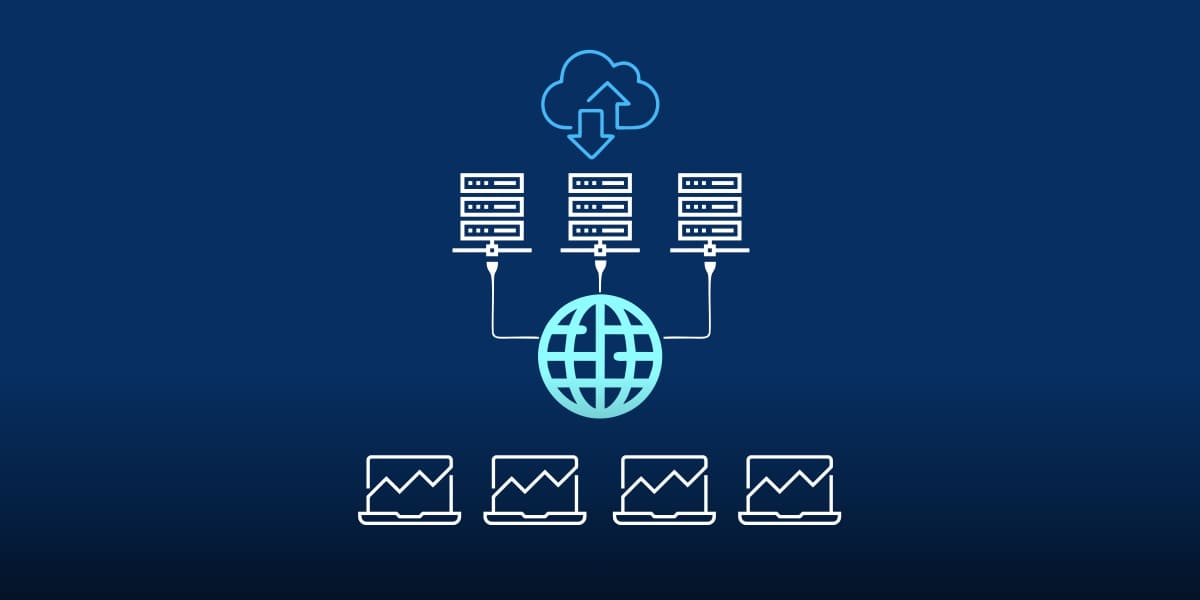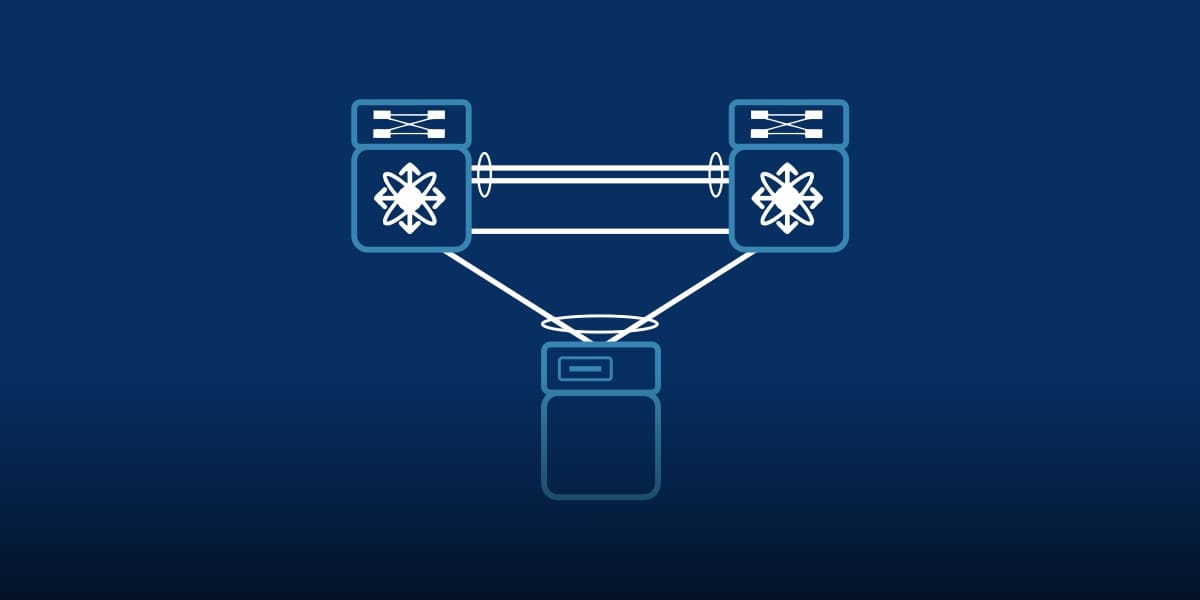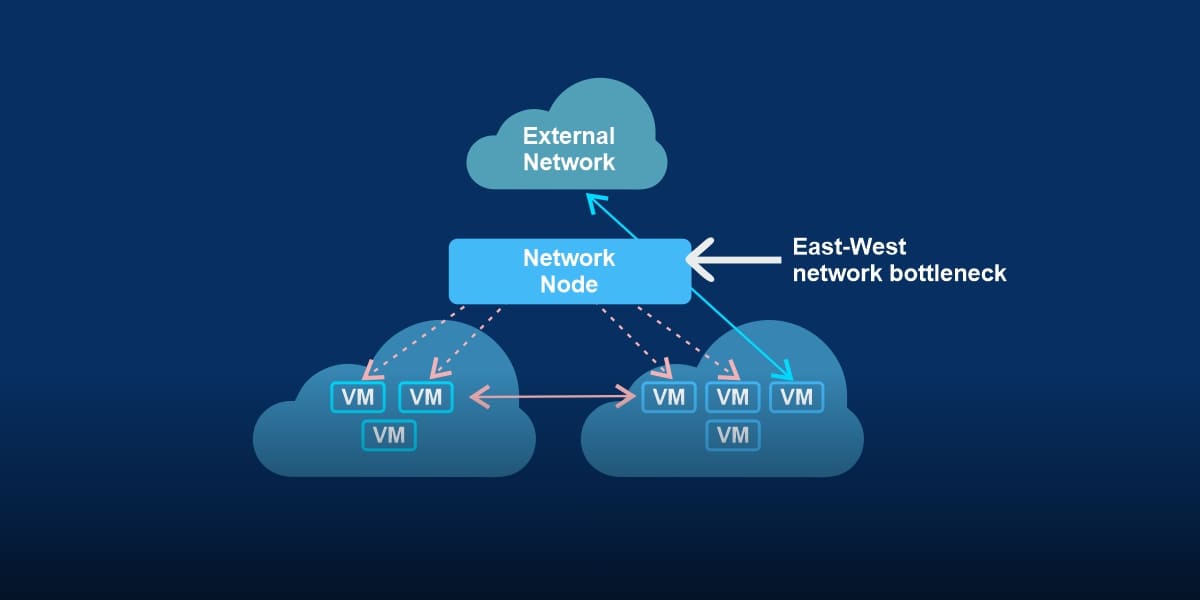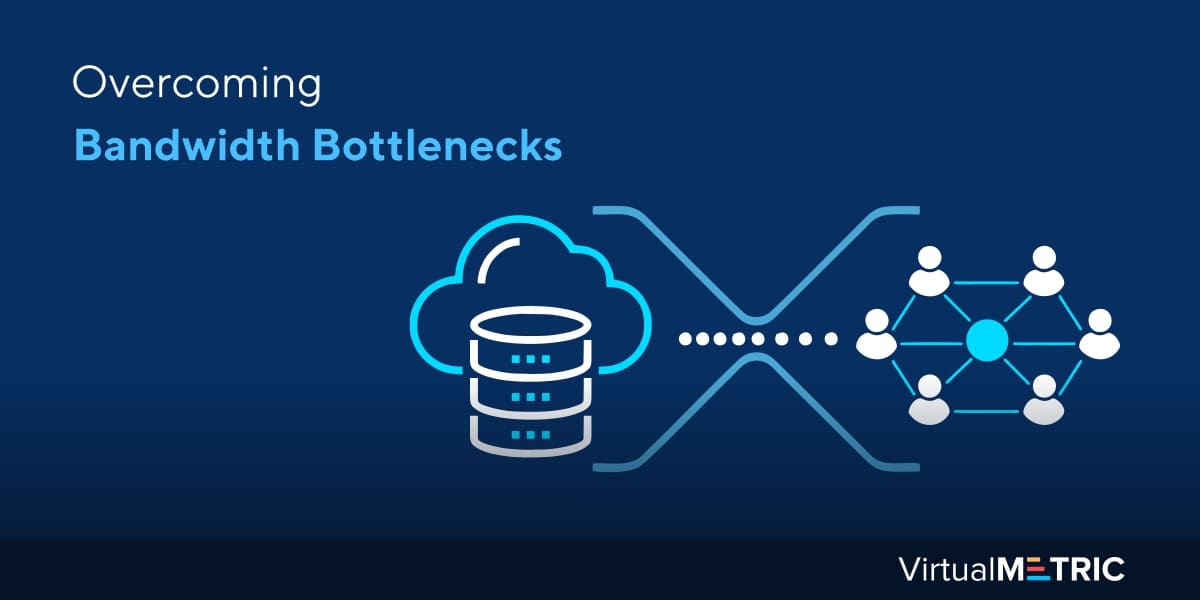What is bandwidth? Bandwidth refers to the amount of data that can be sent or received by a particular device in a stipulated period. This is measured in Mbps (Megabits per second). Very often, people use bandwidth to refer to the speed of the internet connection.
However, that is not the case. Talking about bandwidth vs. speed, the former helps understand the quantity of data transferred per second. At the same time, the latter focuses on the rate of data transfer from the source to the destination. So, that’s the difference between them.
Network bottlenecks are common in today’s times. With the increase in internet usage, there is more traffic flowing through every network line. How do you deal with such network congestions? How do you overcome bandwidth bottlenecks? Here are some ideas that you can implement and see the difference.
Load Sharing
The reason organizations encounter bandwidth bottlenecks can be attributed to network congestion. The single internet line is usually unable to deliver complete bandwidth for all the users. As a result, many companies prefer to take a couple of extra internet lines to keep the passage and traffic clear.

However, the major problem here is that the lines work on a standby configuration. In other words, one internet connection works at a time. If there is more than one connection, the second one will be on standby until the primary network stops communicating completely.
Hence, despite paying for three network channels, the company can only use one at a time. Thus, the need of the hour is to use a system where you can use different internet lines at the same time. A lot of the larger organizations use internet load sharing by configuring an external gateway.
Load balancing appliances can come in handy here that facilitate the use of multiple internet lines at the same time. In effect, this helps reduce congestion in the network lines and increases bandwidth amongst the users. Load balancing is an important concept to avoid bandwidth bottlenecks.
WAN Optimization
Another possible reason for internet bottlenecks within the organization is its WAN or Wide Area Network. More often than not, WAN makes use of network lines that are leased from service providers. As a result, it becomes impossible to increase the WAN without burning a hole in pockets.

However, some technologies are surfacing now that can get rid of WAN congestion. The idea is to be able to control the WAN and thus act as a bandwidth monitor without having to upgrade your WAN. There are many WAN optimization techniques to do so.
One of the most popular and successful WAN optimization techniques is the installation of appliances that can improve WAN efficiency at one of the two ends of the line. This optimization software makes use of techniques like data deduplication, compression, and the likes to act as a bandwidth monitoring tool and remove bandwidth issues.
Another technique involves creating an SD-WAN architecture to help WAN options get aggregated together. The central core manages and monitors these WAN lines. In the event that one of the lines encounters traffic congestion, the whole network is diverted to another line. As a result of this, you can check your bandwidth and monitor it.
Virtual Port Channel
In the simplest of terms, a port channel is a method employed to aggregate links in an attempt to combine different network links together. The concept is pretty old and has been in use for quite some time now. The core idea was to eliminate congestion between the router and the switch uplinks.

This idea has been modified to aid in removing network congestion. The idea right now is to use this concept to reduce redundancies for multiple upstream devices. This is expected to work by distributing the network and connections. However, traditional port channels behave differently.
They tend to block different uplinks and only allow operations when one of them fails. As a result, the network is heavily crowded most of the time, and this leads to bandwidth issues. The modified version, at present, operates in a way to develop one port-channel distributed across three or more switches.
In effect, this allows your system to use all the available bandwidth at the same time, pushing traffic forward, instead of using one line at a time. This helps reduce bandwidth problems.
Leaf Spine Architecture
One of the most recent issues that have come up for causing bandwidth troubles is the east-west network bottleneck. This can be attributed to the increased use of virtualization technologies. This could include some versions of virtual computer network resources, storage devices, and the likes.

Owing to the increased east-west direction flow, a lot of network traffic has become a common sight. The legacy data centers traditionally clubbed all application resources to work under one server. However, that practice cannot continue today. The idea is to do away with three-tier network design and opt for something more dynamic and practical.
Leaf-spine architecture is the more preferred option here. This concept is responsible for creating a network mesh that works across the data center layer and the aggregation layer. Since the former (leaf nodes) and the latter (spine nodes) are connected, the whole system stays more connected.
As a result, the nodes can be used to their fullest potential to improve bandwidth. To travel from one node to another, the network will simply hop from one point in the mesh to another. This creates a smooth communication channel that can act as a bandwidth monitoring tool.
Final Thoughts
The primary solution to overcoming bandwidth bottlenecks deals with monitoring your bandwidth. The idea is to know about your network’s health and be aware of how well the system is behaving. The network monitoring solutions from VirtualMetric are a great way to keep tabs on your system’s network.
This would include analyzing network performance, flow analysis, port utilization, collecting VLAN reports, creating network heatmaps, port inventory, outage notifications, and the likes. It supports multi-vendor monitoring. With new features being added all the time, this solution proves to be effective for overcoming bandwidth bottlenecks.



2 comments
Join the conversationGlenn - December 21, 2020
Will VirtualMetric provide all the outage notifications, even if it happens for a fraction of a second?
Olga Burnaeva - January 28, 2021
Hi Glenn, VirtualMetric provides all the notifications, but not exactly for a fraction of a second.
It depends on a metric. The default interval is 20 seconds, some metrics have 5 seconds interval, and some of them, like a port up/down have a 1-second interval.
Notifications update every minute. If you don’t see the notification on the dashboard, it will appear within 1 minute.